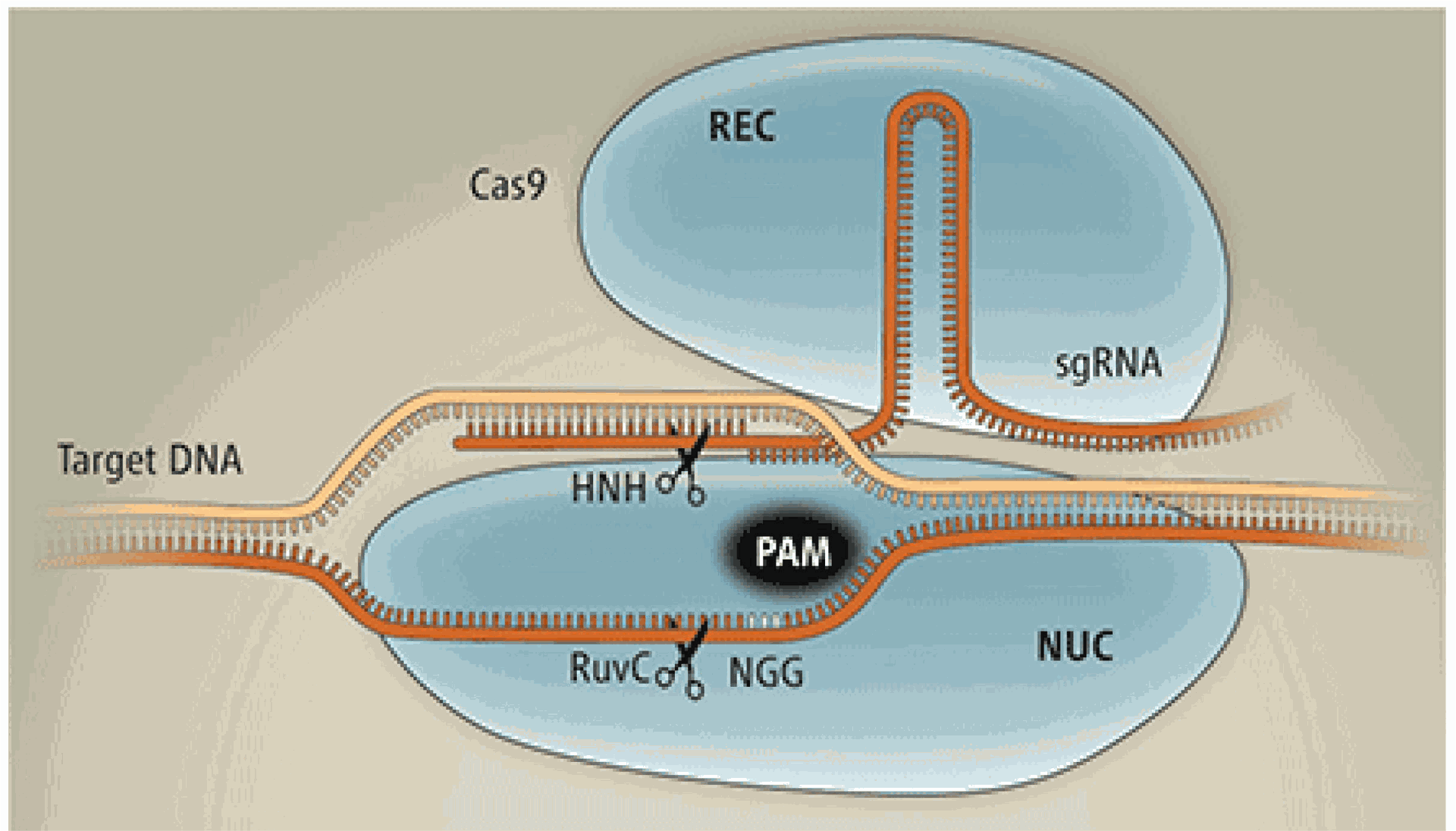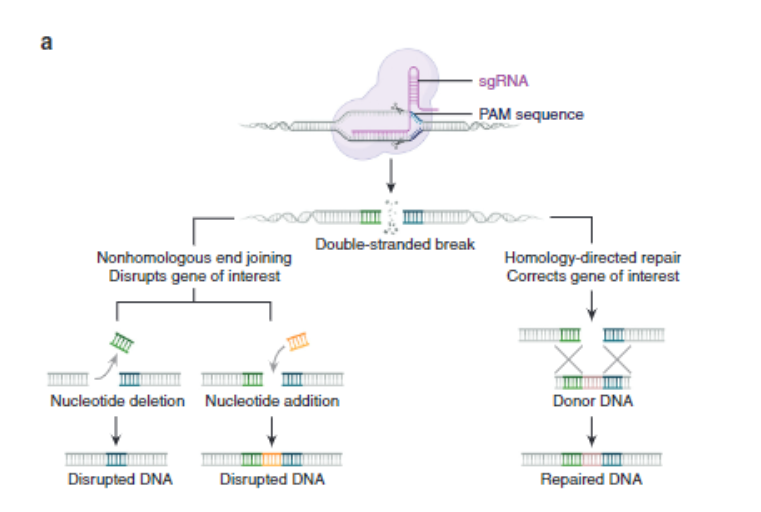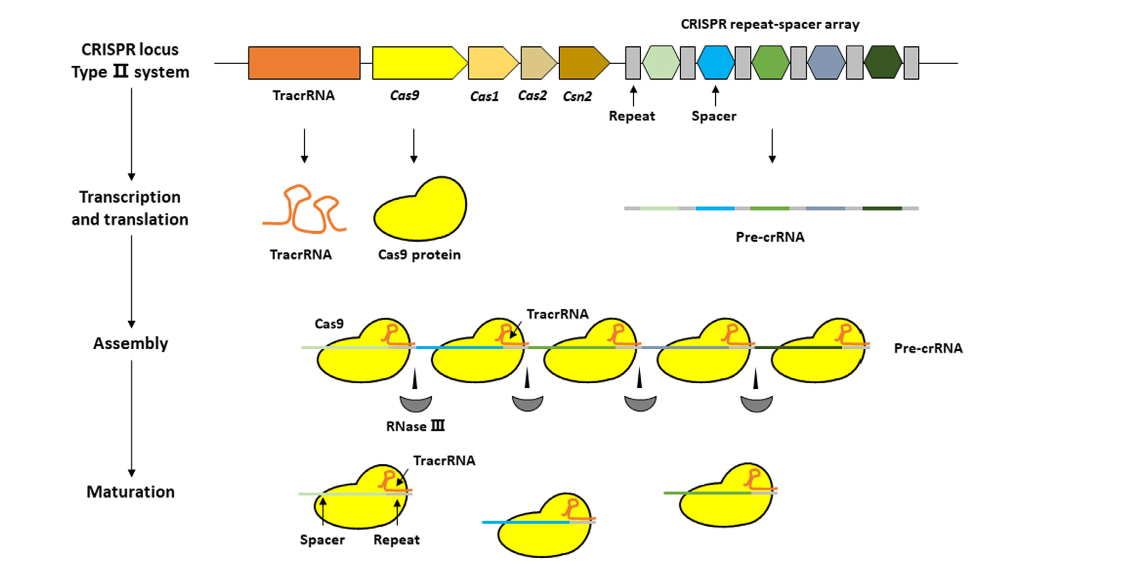Young Strain gene editing technology service
1. Experimental steps using the exchange of homologous gene sequences:
A homologous recombination system based on λ bacteriophage Red recombinase for gene knockout : first construct a homologous exchange site (AES) , then integrate it into the phage genome of a specific strain to obtain a phagemid ( phasmid ); Bacteria particles are introduced into specific strains to obtain recombinant phages integrated with homologous exchange sites, and high-titer recombinant phages are obtained through in vitro amplification, and transfected to specific strains ; the specific strains after transfection are applied to the hygromycetes-containing On the solid medium of resistance to protein, culture at 37 ° C for 4-5 weeks, pick a single clone, and verify it by PCR and other methods.
The main principle at Genprice is the method of homologous recombination, which uses the exchange of homologous gene sequences to knock out the target gene.
( 1 ) Find a thermosensitive plasmid;
( 2 ) Amplify the 200bp fragments on both sides of the target gene by PCR method , and add appropriate restriction sites;
( 3 ) screening a suitable resistance gene;
( 4 ) connecting the resistance marker to the middle of the two fragments, and then connecting to the temperature-sensitive plasmid;
( 5 ) Transfer to the strain competent state;
(6) Screen positive engineering strains through appropriate resistance screening.
2. Gen Service process:
1. The customer provides the knockout gene number;
2. Construct homology arm and package phage;
3. Infect bacteria with phage and verify positive clones;
4. Submit specific strain gene knockout strains (liquid) and experiment-related primers, sequencing results, and a detailed final report.
The service period is 4-6 months.
3. Experimental steps of bacterial genome modification based on CRISPR/Cas9 platform:
CRISPR/Cas9 is a tool for cutting DNA at a specific target position. Cas9 protein can cut specific genes under the guidance of sgRNA,
So as to achieve the purpose of gene knockout, knockin, modification and regulation.
Knockout: Unlike conventional shRNA knockdown, CRISPR/CAS9 and sgRNA can specifically cause base deletion or insertion (INDEL) at the genome level,
It causes the destruction of the original gene expression frame, resulting in the complete knockout of the target gene protein level.
Knock-in: Unlike conventional virus-mediated overexpression, CRISPR/CAS9 and sgRNA can be guided by a repair template with homology arms after cutting a specific genomic site,
Inserting the gene to be knocked-in into the target site is different from virus-mediated random integration.
Testor Biotechnology launched the CRISPR method for bacterial genome modification services (including gene knockout, site-directed mutation, site-directed insertion of foreign sequences, etc.). Compared with the traditional gene knockout method, this method is fast and has no trace; it is very convenient for subsequent experimental research.